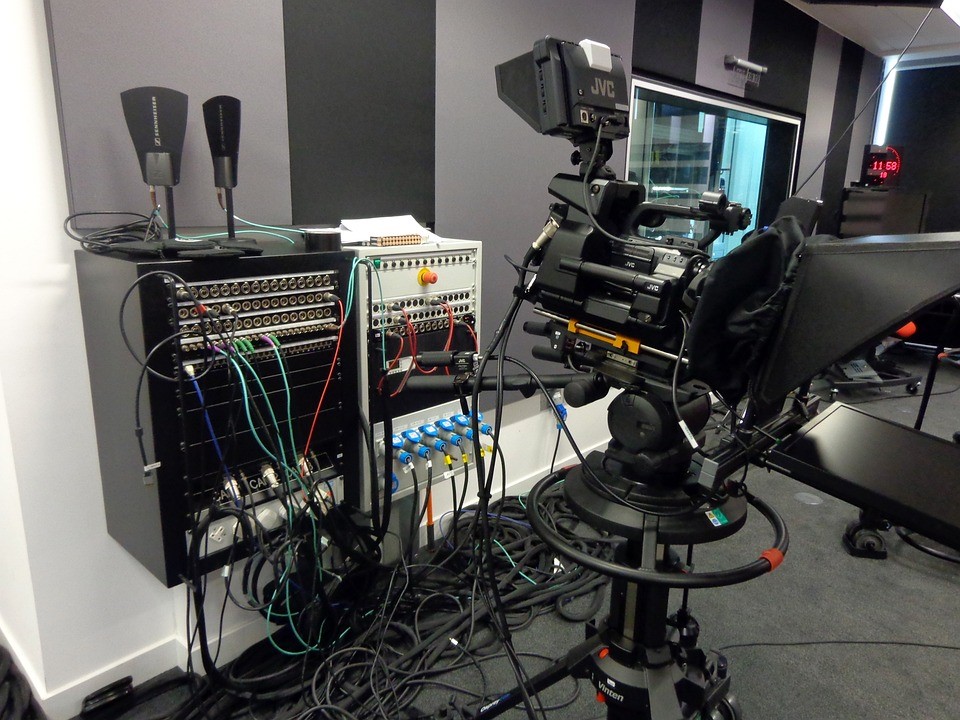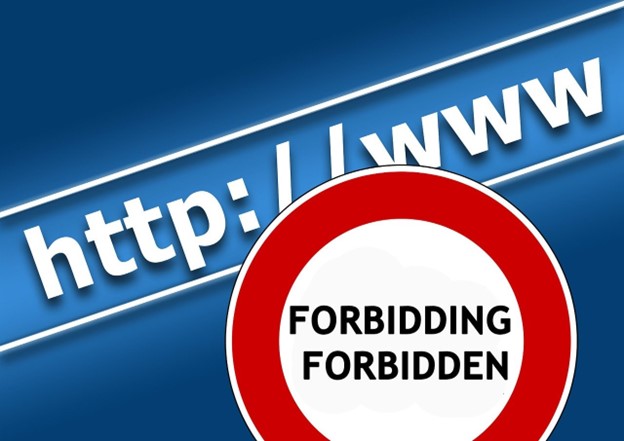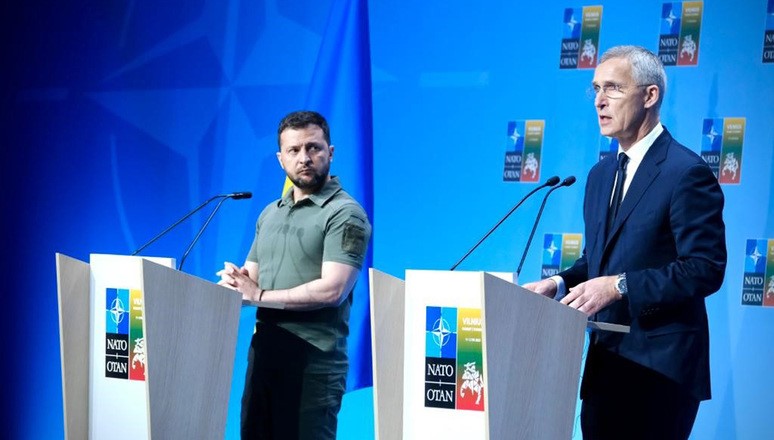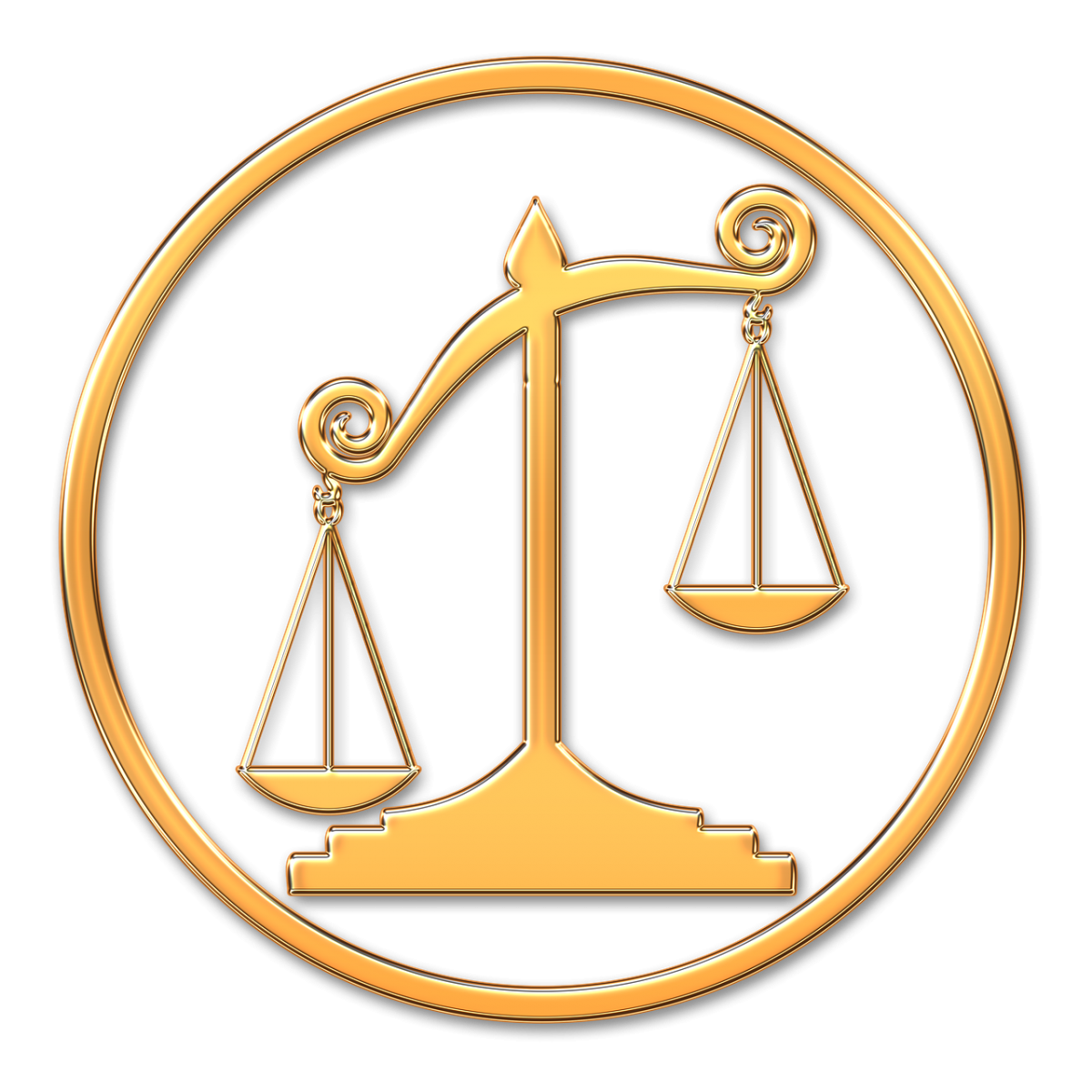Recently, in the case of Missouri v. Biden, Federal Judge Terry Doughty of the Western District of Louisiana issued an injunction against various members of the Biden Administration. Normally, such an order would not cause much of a stir outside of legal circles. But this order, and this case, are different.
“A judge…prohibited several federal agencies and officials of the Biden administration from working with social media companies about ‘protected speech,'” is the way the Associated Press described the ruling. “(A) White House official who was not authorized to discuss the case publicly and spoke on condition of anonymity,” said “(t)his administration has promoted responsible actions to protect public health, safety, and security when confronted by challenges like a deadly pandemic and foreign attacks on our elections.”
Further, in opposing the injunction, “Administration lawyers said the government left it up to social media companies to decide what constituted misinformation and how to combat it. In one brief, they likened the lawsuit to an attempt to put a legal gag order on the federal government and ‘suppress the speech of federal government officials under the guise of protecting the speech rights of others…(the) proposed injunction would significantly hinder the Federal Government’s ability to combat foreign malign influence campaigns, prosecute crimes, protect the national security, and provide accurate information to the public on matters of grave public concern such as health care and election integrity.’”
Really? Is that what happened? Did a federal judge in Louisiana prohibit the Biden Administration from “working with social media companies about ‘protected speech?'” Just how was the Biden Administration “working with” these companies? What “about” “protected speech?” And why does the AP put the term “protected speech” in quotation marks?
For the truth, we direct the reader to Judge Doughty’s order itself.
“This case is about the Free Speech Clause in the First Amendment to the United States Constitution,” the Court begins its opinion. “The explosion of social-media platforms has resulted in unique free speech issues – this is especially true in light of the COVID-19 pandemic. If the allegations made by Plaintiffs are true, the present case arguably involves the most massive attack against free speech in United States history. In their attempts to suppress alleged disinformation, the Federal Government, and particularly the Defendants named here, are alleged to have blatantly ignored the First Amendment’s right to free speech.”
The opinion is 155 pages long, and more than 80 pages of Judge Doughty’s decision details the factual basis for his injunction. These facts are a stunning indictment of the efforts members of the Biden Administration have made to suppress free speech, calling even the truth “misinformation” if it did not suit the narrative the government wished to impose on the American public.
“(S)ince 2018,” Judge Doughty continued, “federal officials…have made public statements and demands to social-media platforms in an effort to induce them to censor disfavored speech and speakers…(federal officials) have threatened adverse consequences to social-media companies, such as reform of Section 230 immunity under the Communications Decency Act, antitrust scrutiny/enforcement, increased regulations, and other measures, if those companies refuse to increase censorship. Section 230 of the Communications Decency Act shields social-media companies from liability for actions taken on their websites…the threat of repealing Section 230 motivates the social-media companies to comply with (federal officials) censorship requests.”
It is a fair point to note that Joe Biden was not President in 2018 – Donald Trump was. Therefore, it is fair to ask just which federal officials “induced” social media platforms “to censor disfavored speech” before Biden was sworn in as President on January 20, 2021?
“The FBI, along with Facebook, Twitter, Google/YouTube, Microsoft, Yahoo, Wikimedia Foundation, and Reddit, participate in a Cybersecurity and Infrastructure Security Agency (CISA) ‘industry working group’…at…(the Industry) meetings, social-media companies shared disinformation content, providing a strategic overview of the type of disinformation they were seeing. The FBI would then provide strategic, unclassified overviews of things they were seeing from Russian actors…in the Industry meetings, the FBI raised concerns about the possibility of ‘hack and dump’ operations during the 2020 election cycle.”
Judge Doughty’s findings of fact continue; “On September 4, 2019, Facebook, Google, Microsoft, and Twitter along with the…CISA held a meeting to discuss election issues. (FBI officials also) attended…(t)he focus of the meeting was to discuss with the social-media companies the spread of ‘disinformation’…(f)or each election cycle, during the days immediately preceding and through election days, the FBI maintains a command center around the clock to receive and forward reports of ‘disinformation’ and ‘misinformation.’ The FBI requests that social-media platforms have people available to receive and process the reports at all times…(b)efore the Hunter Biden Laptop story breaking prior to the 2020 election on October 14, 2020, the FBI and other federal officials repeatedly warned industry participants to be alert for ‘hack and dump’ or ‘hack and leak’ operations…”
“Hunter Biden was not referred to in any of the CISA Industry meetings. The mention of ‘hack-and-leak’ operations involving Hunter Biden is significant because the FBI previously received Hunter Biden’s laptop on December 9, 2019, and knew that the later-released story about Hunter Biden’s laptop was not Russian disinformation…(Mark) Zuckerberg testified before Congress on October 28, 2020, stating that the FBI conveyed a strong risk or expectation of a foreign ‘hack-and-leak’ operation shortly before the 2020 election and that the social-media companies should be on high alert. The FBI also indicated that if a trove of documents appeared, they should be viewed with suspicion…”
“After the Hunter Biden laptop story broke on October 14, 2020, (FBI officials) refused to comment on the status of the Hunter Biden laptop in response to a direct inquiry from Facebook, although the FBI had the laptop in its possession since December 2019.”
In other words, the FBI knew that Hunter Biden’s laptop was not “disinformation;” yet that same FBI “repeatedly warned” social media outlets to beware of a potential foreign “hack and leak” operation- thus causing social media to suppress legitimate news stories regarding that same laptop.
The findings of fact by Judge Doughty establish what many of us knew, but have repeatedly been told is not true – the Federal Bureau of Investigation, while Donald Trump was President, actively interfered in the 2020 election by suppressing and discrediting information that would have been damaging to Joe Biden.
These jaw-dropping, legally established facts are only the tip of the iceberg of the efforts made to suppress Free Speech once the Biden Administration took office.
“On January 23, 2021, three days after President Biden took office, Clarke Humphrey who at the time was the Digital Director for the COVID-19 Response Team, emailed Twitter and requested the removal of an anti-COVID-19 vaccine tweet by Robert F. Kennedy, Jr. Humphrey sent a copy of the email to Rob Flaherty, former Deputy Assistant to the President and Director of Digital Strategy, on the email and asked if ‘we can keep an eye out for tweets that fall in this same genre.’ The email read, ‘Hey folks-Wanted to flag the below tweet and am wondering if we can get moving on the process of having it removed ASAP.’”
“On February 6, 2021, Flaherty requested Twitter to remove a parody account linked to Finnegan Biden, Hunter Biden’s daughter and President Biden’s granddaughter. The request stated, ‘Cannot stress the degree to which this needs to be resolved immediately,’ and ‘Please remove this account immediately.’ Twitter suspended the parody account within forty- five minutes of Flaherty’s request…”
“On February 9, 2021, Flaherty (contacted) Facebook in regard to its COVID- 19 policy, accusing Facebook of causing ‘political violence’ spurred by Facebook groups by failing to censor false COVID-19 claims, and suggested having an oral meeting to discuss their policies. Facebook responded the same day and stated that ‘vaccine-skeptical’ content does not violate Facebook’s policies. However, Facebook stated that it will have the content’s ‘distribution reduced’ and strong warning labels added, ‘so fewer people will see the post.’ In other words, even though ‘vaccine-skeptical’ content did not violate Facebook’s policy, the content’s distribution was still being reduced by Facebook.”
Incidents like these, as well as many, many more involving the White House, FBI and other federal agencies, led Judge Doughty to one conclusion: “The Plaintiffs are likely to succeed on the merits on their claim that the United States Government, through the White House and numerous federal agencies, pressured and encouraged social-media companies to suppress free speech. Defendants used meetings and communications with social-media companies to pressure those companies to take down, reduce, and suppress the free speech of American citizens. They flagged posts and provided information on the type of posts they wanted suppressed. They also followed up with directives to the social-media companies to provide them with information as to action the company had taken with regard to the flagged post. This seemingly unrelenting pressure by Defendants had the intended result of suppressing millions of protected free speech postings by American citizens.”
In addition to these startling findings, the Court added that “(w)hat’s really telling is that virally all of the free speech suppressed was ‘conservative’ free speech. Using the 2016 election and the COVID-19 pandemic, the Government apparently engaged in a massive effort to suppress disfavored conservative speech…as exhaustedly listed above, Defendants ‘significantly encouraged’ the social-media companies to such extent that the decisions should be deemed to be the decisions of the Government. The White House…additionally engaged in coercion of social-media companies to such extent that the decisions of the social-media companies should be deemed that of the Government. It simply makes no difference what decision the social-media companies would have made independently of government involvement, where the evidence demonstrates the wide-scale involvement seen here.”
In granting an injunction prohibiting contact between social media companies and various government officials of the Biden Administration, the Court emphasized the ongoing nature of the threat presented by the defendants to Free Speech. “Although the COVID-19 pandemic is no longer an emergency,” Judge Doughty writes, “it is not imaginary or speculative to believe that in the event of any other real or perceived emergency event, the Defendants would once again use their power over social-media companies to suppress alternative views. And it is certainly not imaginary or speculative to predict that Defendants could use their power over millions of people to suppress alternative views or moderate content they do not agree with in the upcoming 2024 national election…Notably, a draft copy of the (Department of Homeland Security’s) ‘Quadrennial Homeland Security Review,’ which outlines the department’s strategy and priorities in upcoming years, states that the department plans to target “inaccurate information’ on a wide range of topics, including the origins of the COVID-19 pandemic, the efficacy of COVID-19 vaccines, racial justice, the U.S. withdrawal from Afghanistan, and the return of U.S. Support of Ukraine.”
Thus, the Court found that the “Plaintiffs have shown that not only have the Defendants shown willingness to coerce and/or to give significant encouragement to social-media platforms to suppress free speech with regard to the COVID-19 pandemic and national elections, they have also shown a willingness to do it with regard to other issues, such as gas prices, parody speech, calling the President a liar, climate change, gender, and abortion.”
As of this writing, the only official reaction from the Biden Administration is a statement from the Justice Department indicating their intention to appeal Judge Doughty’s order to the Fifth Circuit. But in the face of the government’s silence on this issue, many of us can take a great degree of satisfaction in the extensive fact finding conducted by Judge Terry Doughty.
We were right. Our voices were being silenced by a government that believed it had a monopoly on the truth, and when the oppression wasn’t coming from the Administration itself, it was coming from government agents acting against the interests and wishes of their own President and his Administration.
And now we have the evidence to support our knowledge.
Judge Wilson served on the bench in NYC









